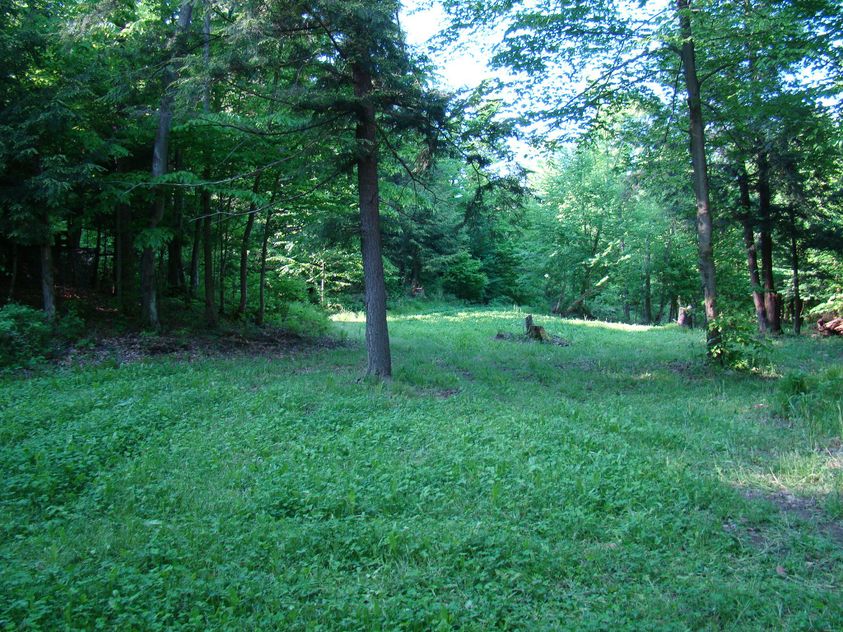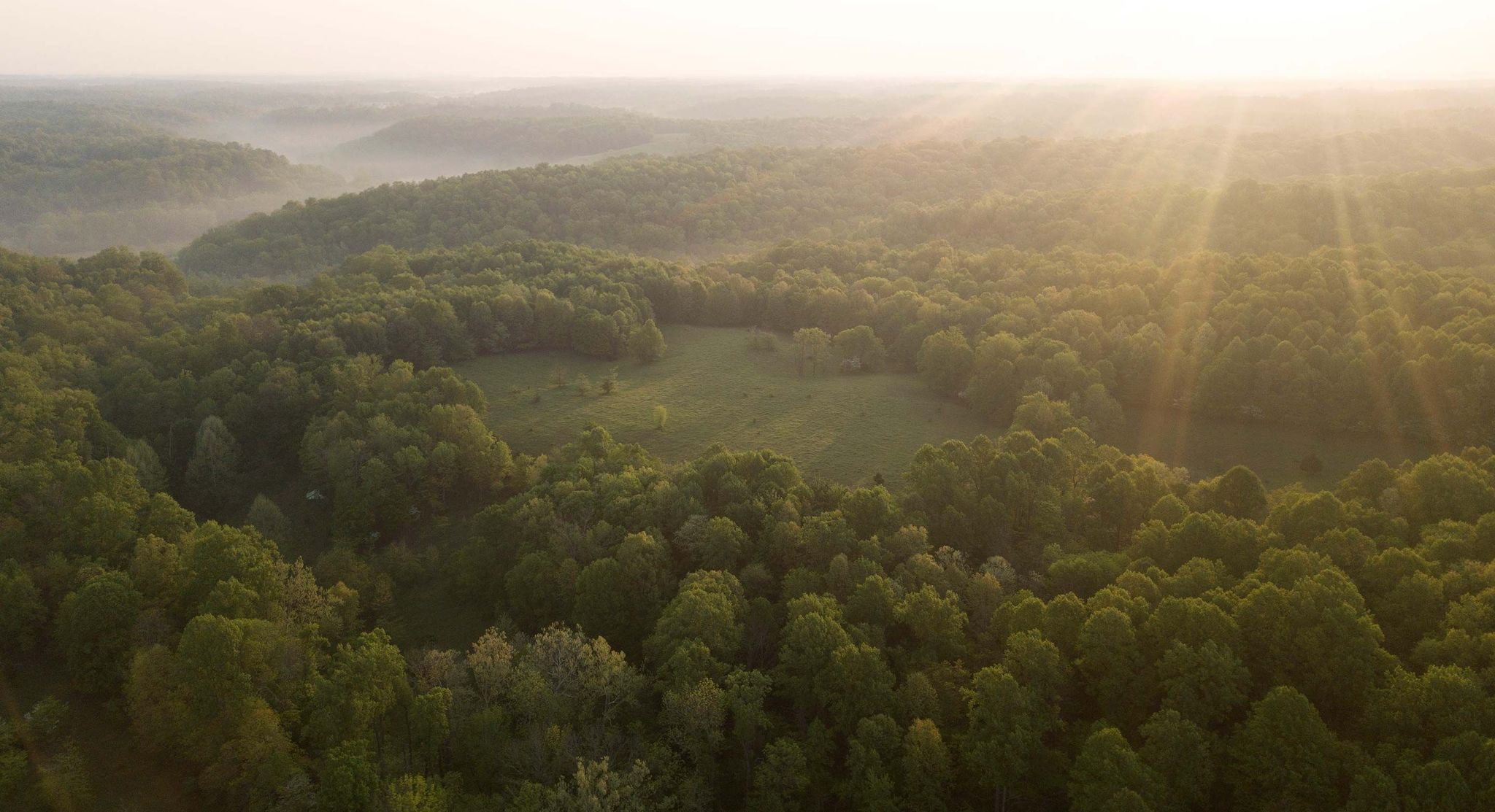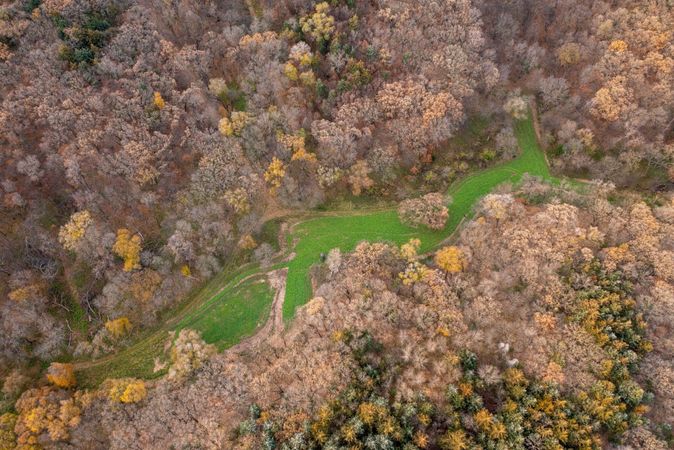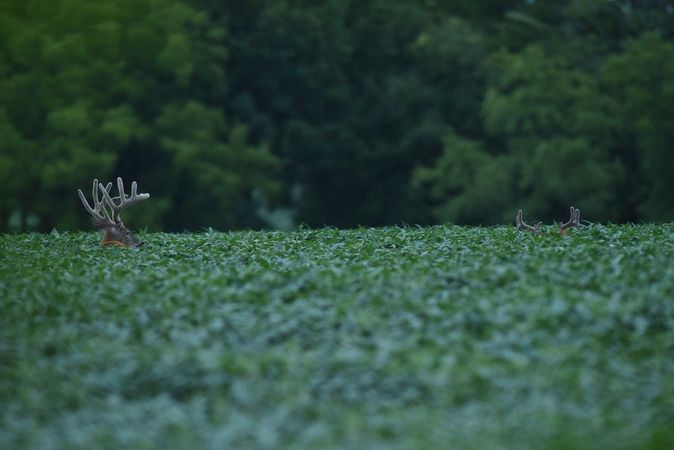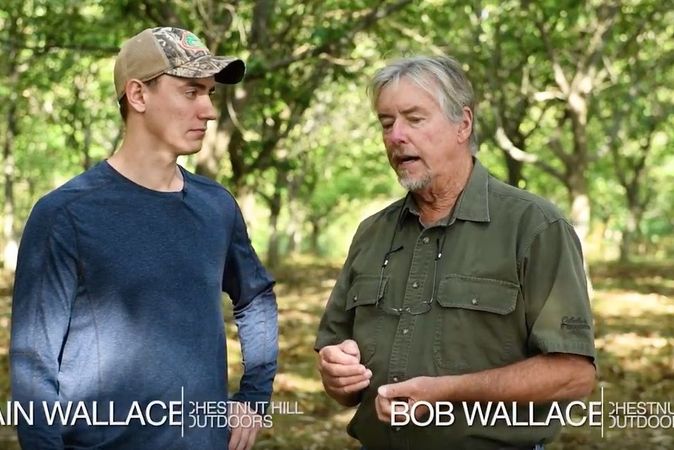The combination of diesel fumes and wet dirt is a smell unlike any other. Likewise the sound of a tractor’s engine coupled with a disc smoothly flaying open the Earth’s skin into shallow trenches. But let’s say that we don’t have this equipment at hand. Or we want to create a food source where a tractor won’t go. No problem. The so-called “poor man’s food plot,” while labor intensive, is an inexpensive way to really improve your hunting area.
It’s Not Too Late For a Fall Plot
For those of you in the South, there’s still a window for planting food plots that’ll probably stay open, climate depending, for another month. If you’re looking to plant in an area where precipitation is regular and sunlight is too, grasses will have no trouble growing.
Location
Plenty of rain is beneficial, but if the plot doesn’t get any sunlight then planting a budget food plot is hopeless. Location is also important from the hunter’s standpoint. Say your property borders large agricultural fields where deer feed almost daily. In that case, these poor man plots become great staging areas.
Make sure you have plenty of sunlight reaching your poor man's plot. Clear what you can or plant elsewhere.
A Quarter Acre is Ideal
Planting a food plot where a tractor can’t go is manual labor at its finest. And we wouldn’t recommend the installation of a plot more than a quarter acre, which is still a good amount of space in itself (nearly 11,000 square feet). If the ideal spot is thick with hardwoods, make the plot smaller. We’re simply setting a quarter acre as the maximum area so you don’t work yourself to death.
Clear It
You’ve found your spot and looked at it on a topographical map or Google Earth. Instead of trying to memorize certain trees or landmarks within the outlined area, use some bright tape to mark it. Then fire up one of the two motorized tools you’ll need: a chainsaw. Cut each tree as low to the ground as possible and clear any saplings that won’t burn later. Crop the grass with a weedeater, the other power tool, to allow the Roundup to act faster once applied.
Only requiring a chainsaw (weedeater optional, really), this type of plot is budget friendly despite the manual labor.
Recycle
Don’t just pile the trees up and burn them. Rather, cut them to a movable size and arrange them to create a funnel leading to the food plot. This works especially well if you are somewhat close to a bedding area or a travel corridor that leads to bigger food sources. If possible, make sure the funnel is downwind of your stand.
Spray It
Use Roundup to kill all the native grasses and weeds. After you spray, you’ll have to allow about two weeks for the poison to take effect.
Burn It
Once the Roundup has taken hold, burn off the residual flora. Do this carefully on a calm day with the supervision and permission of your local biologist. He or she will let you know when the conditions are right and assist in best practices. Keep a couple rakes handy to regulate the small fires. Never start a fire larger than 100 square feet and please do not burn alone.
A drip torch is a handy tool to use when performing controlled burns.
Rake It
Now, stretch your back and get out the rake. With plenty of uncovered surface area giving you direct access to the dirt, you’re ready to plant. Plus, the rake gives the ground a textured surface so that the seed can make good contact with the dirt.
Plant
One quick note about planting: It never hurts to have a soil test done prior. Contact your local biologist or county agent or use a DIY soil test kit. Neither will cost much while the heartbreak of a fruitless plot from neglecting a simple element is a heavy load to bear with the work that goes into it.
We like perennials in poor man plots so that they don’t have to be reseeded every year; only sprayed to kill invasive grasses that threaten to choke out your food source. Clover is always a solid option and our recommendation for a grass that will volunteer itself back for at least the next two years. Mix it with fertilizer (the exact type your biologist or seed store can let you know) and spread it using a hand-cranked broadcaster.
Don’t forget to leave a few good trees for possible stand locations. Good luck with your food plots this fall and know that if they happen to fail due to harsh weather, there’s always next year. A number of factors can lead to the worst-case scenario, but at least you’ll have the ground already cleared and the expense of deer hunting curtailed.


